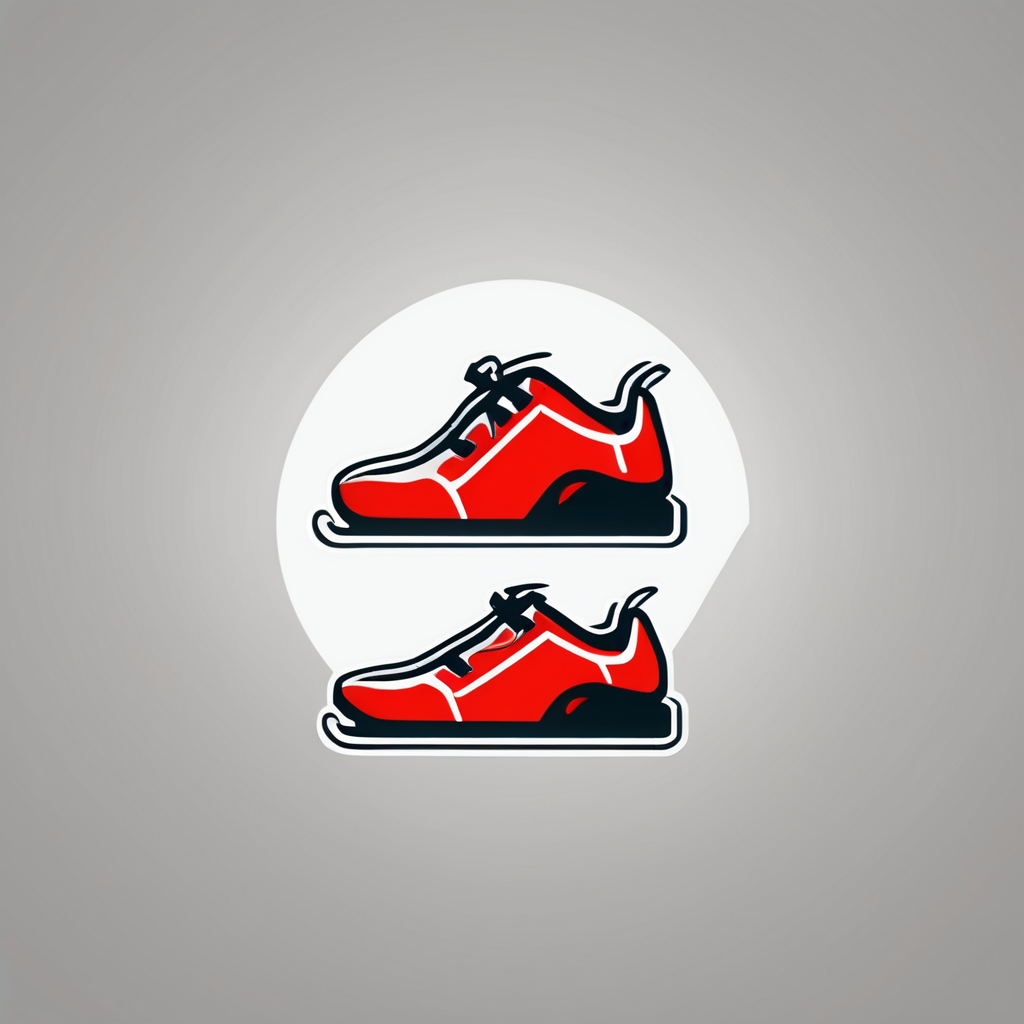The Role of Technology in Athletic Performance
In recent years, technology in sports has revolutionised the way athletes train and compete. The integration of modern training practices with technological advancements offers substantial improvements in athletic performance enhancement. From wearable devices to advanced data analytics, technology provides athletes with precise insights into their performance, allowing for targeted improvements and efficiency in training regimens.
The integration of technology in sports is essential, as it facilitates tailored training programs. For instance, monitoring devices track an athlete’s heart rate and movement, ensuring optimal exertion levels. This data aids in personalising training intensity, thereby reducing the risk of burnout and injury.
Also read : Revolutionizing Athlete Health: How UK Sports Teams Harness Wearable Tech for Wellness Monitoring
Moreover, data analytics plays a pivotal role in performance measurement. By analysing comprehensive performance data, coaches can identify patterns and make informed decisions to enhance an athlete’s skills. It elevates training quality by offering a clear picture of strengths and areas that need improvement.
Finally, these technological advancements empower athletes and coaches to make accurate and timely decisions, transforming the sporting landscape. By bridging the gap between traditional practices and modern technology, the improvement in athletic performance becomes both attainable and sustainable.
Additional reading : Revamping Athlete Care: Cutting-Edge Yoga Practices for UK Sports Therapists to Prevent Injuries
Case Studies of Successful Tech Implementations in UK Sports Teams
In the UK, sports teams have increasingly embraced technology to boost athletic performance improvement and modernise training methods. This section explores how three teams have successfully implemented sports technology.
Case Study 1: Team A’s Use of Wearable Technology
Team A has integrated advanced wearable technology into their training regimen. By equipping athletes with devices that track a range of performance metrics, such as heart rate, speed, and distance, coaches gain crucial insights into each athlete’s performance levels. This data informs real-time adjustments to training intensities and fatigue management, resulting in substantial reductions in injury rates. Athletes benefit from personalised feedback that optimises their training practices.
Case Study 2: Team B’s Implementation of Video Analysis
Team B adopted video analysis systems to enhance game strategy and improve skills. By breaking down footage of matches, coaches identify strengths and areas needing improvement. Analysing competitor videos also provides strategic advantages, enabling Team B to tailor tactics effectively. As a result, athletes have experienced improved on-field decision-making, translating into better performance outcomes.
Case Study 3: Team C’s Performance Monitoring Systems
Team C’s adoption of comprehensive performance monitoring systems has transformed their training approach. These systems provide detailed assessments of athletic performance, allowing coaches to adjust training focus dynamically. This has led to increased performance levels and success rates, cementing the importance of health monitoring in sports.
Expert Opinions on Tech-Driven Training Methods
In the pursuit of optimising athlete performance, sports technology innovation is vital. Experts underscore the impact of these advancements on training methodologies and competitive outcomes. Interviews reveal that coaches and trainers are increasingly advocating for harnessing these technologies, particularly in refining skills and enhancing strategy formulation.
One prominent expert emphasises that integrating technology in sports offers unparalleled benefits. It facilitates dynamic feedback enabling athletes to promptly adjust their performance, thereby fostering an environment of continuous improvement. For trainers, this paves the way for data-driven decision-making, an invaluable asset in high-stakes contexts.
Looking ahead, sports technology experts envisage a future filled with even more transformative innovations. The trajectory points towards increasingly immersive experiences, such as augmented reality and virtual reality, which hold the potential to elevate not only training paradigms but also competition strategies.
The role of technology in sports is undeniable, but successfully implementing these advancements requires a balanced approach. Experts suggest that effective training methodologies should couple technological tools with traditional practices, ensuring athletes reap maximum benefits without becoming overly reliant on gadgets. This harmonious blend lays a robust foundation for athlete performance optimisation.
Practical Tips for Athletes and Coaches
Incorporating technology into sports can significantly boost athlete performance optimization. By combining sports training tips with digital tools, athletes and coaches can achieve remarkable results.
Integrating Technology into Daily Training
Selecting the right technology tools is vital. Look for wearables that provide real-time feedback on metrics crucial to your sport. These insights can help adjust daily training intensity, preventing burnout and injuries.
Utilizing Performance Metrics Effectively
Understanding performance metrics is key. Use analytics platforms that offer easy-to-read dashboards. This enables both athletes and coaches to monitor athletic performance levels, ensuring that training goals are on track.
Balancing Tech Use with Traditional Training Methods
While technology offers numerous benefits, it’s essential to maintain a balance. Traditional training methods still hold value, providing mental and physical challenges technology might not capture. This balance ensures holistic development.
By embracing these practices, both athletes and coaches can enhance their training regimens and maximise athletic performance improvement. Integrating technology seamlessly into daily activities can unlock new levels of success.
Analyzing the Benefits of a Tech-Driven Approach
Embracing technology in sports has revolutionised various facets, notably enhancing performance improvement and boosting coaching effectiveness. One of the greatest benefits lies in enhanced performance insights gained through sophisticated data analytics. By capturing vast arrays of metrics, coaches can make precise adjustments, tailoring athlete programs to maximise potential.
Injury prevention is another pivotal advantage. Wearable technology monitors stress, fatigue, and form errors, empowering coaches to intervene preemptively. This approach significantly reduces downtime due to injuries, promoting a healthier athletic environment. Health monitoring ensures athletes maintain peak performance levels without compromising safety.
From a psychological perspective, technology plays an essential role in improving athlete motivation and confidence. Real-time feedback motivates athletes by showcasing their progress and achievements. It allows them to set realistic goals, instilling confidence in their abilities. Coaches can reinforce positive behaviours, ensuring athletes remain focused and committed to their regimen.
These benefits require a blended approach, integrating tech insights with human intuition. Coaches who master this balance create environments where athletes thrive holistically, achieving newfound levels of athletic performance improvement through strategic, tech-driven methodology.






